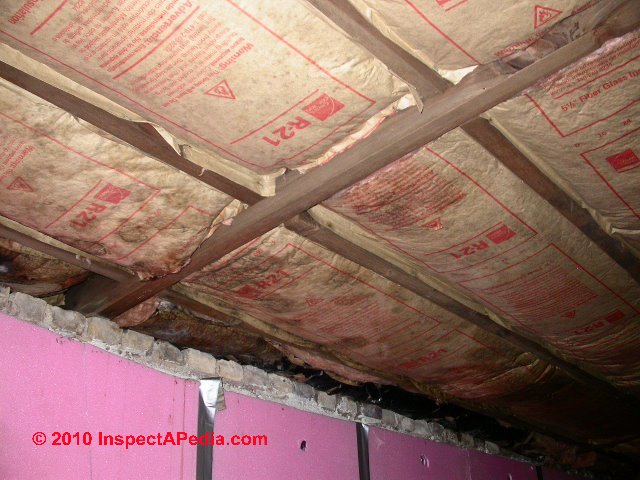Attic insulation should always be installed with the paper backing facing toward the living space the ceiling in this case.
Attic insulation vapor barrier wrong way.
Gradually roll the barrier out and use your chosen method to secure it at regular intervals.
For many building science questions the answer is it depends for this one the answer is clear.
To the inside of the home or the outside of the home.
Though some batts come with a paper or foil facing that can act as a vapor barrier tom silva prefers to use 6 mil polyethylene sheeting cut to fit between the joists and with seams sealed by foil tape to prevent moisture from seeping into insulation.
The application can vary so read all instructions on your specific brand of paint.
In many of those cases vapor barrier paint woks better than installing sheeting.
Instead of pulling away the insulation sheets to slip in the barriers apply at least one thick coat maybe two to the insulation.
However all attics vented or unvented and in all climates should have an air barrier such as an airtight drywall ceiling.
If you are reluctant to use staples secure the barrier with duct tape instead.
This acts as a barrier to keep heated moist air from rising up into the attic during cold weather.
In hot dry climates your attic can be vented though like in hot humid climates you should not install any vapor retarder or barrier.
As you work sweep your hand across the surface to push out air and keep the barrier flat.

